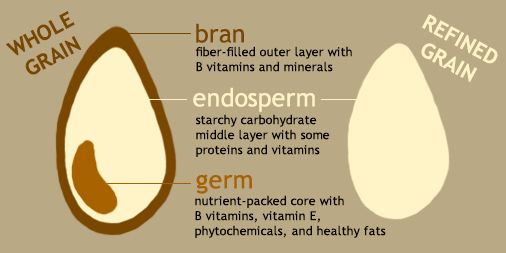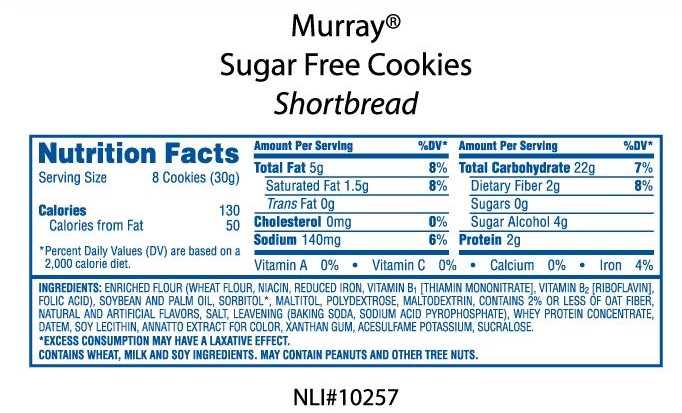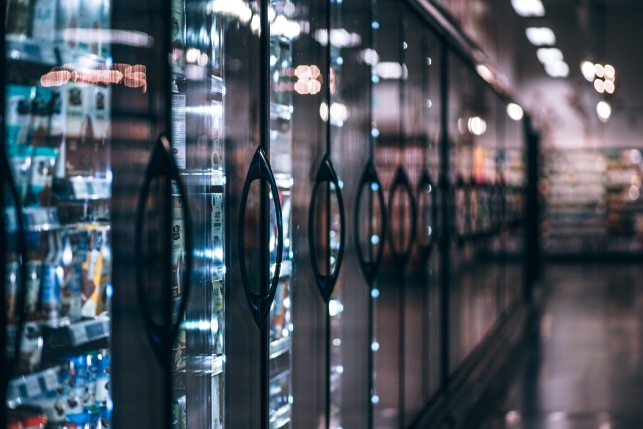These days, we're all on the lookout for healthier food options. And this has resulted in food labels using words such as 'gluten-free', 'organic', 'non-GMO' and so on.
But when we think about it, does the printed words mean anything that we should trust or is it mere puffery?
Here, let's take a look at what it really means and how it should affect our choices as a consumer.

All Natural
This is a term that can't be clearly defined and even the Food and Drug Administration (FDA) admits as much. Basically it means that “nothing artificial or synthetic (including all color additives regardless of source) has been included in, or has been added to, a food that would not normally be expected to be in that food.”
What this means is that the food still retains its biological characteristics with no significant changes. In the past, the FDA has occassionally taken brands to task over the misuse of this term.
Organic
Probably one of the most confusing terms that is often mixed up with Healthy, All Natural, and 100% GMO-Free. Generally speaking, it is food that is cultivated without pesticides, herbicides, or chemical food additives. It refers to the manner in which the foods are produced as well as the specific ingredients in it.
To be certified organic, there are specific U.S. Department of Agriculture (USDA) guidelines to follow and it can be divided into three levels.
If the food is labeled “100% Organic,” then all ingredients must also be certified organic, and any processing of the food must meet USDA qualifications to be organic.
If the food is labeled “Organic” then at least 95% of the ingredients must also be certified organic, and the non-organic ingredients must be among those allowed in the USDA’s “National List.”
The lowest level is the “made with organic ingredients” label, which requires that at least 70% of the ingredients be certified organic. The non-organic ingredients must be among those allowed in the USDA National List.
Organic food labels does not indicate nutrition content. It can still be high in fat and high in calories.
It is also worth noting that organic is non-GMO, but non-GMO crops are not always organic.
Non-GMO (or GMO-free)
This certification is somewhere between 'certified organic' and 'natural'. What this label does is inform that a product was made without genetically engineered ingredients. However, this does not imply that other attributes of that product, such as the chemicals used during production.
These days, much of the genetic makeup of the plants and animals used in food product has been altered for the purposes of food production.
It is also a labelling that is left to the manufacturer.
Gluten-free

Gluten, which is a protein found in grains, can have a detrimental effect on those with Celiac disease. But over the years, it has acquired a reputation for being a fad-based label ie. label that's used freely and carelessly.
In truth it is a very important label for those with gluten-sensitivity and can pose a serious health concern. To their credit, the FDA actually regulates these products to make sure they are actually free of it.
While it may be free of gluten and thus considered healthy, gluten-free food products usually contain more sugar to offset the taste, or other unhealthy products used to help bind and soften the ingredients.
Whole Grain

These are cereal grains that contain the intact, ground, cracked or flaked caryopsis. On labels, they could mean that the product is '100% whole grain', preferably when they are made entirely from whole grain flours or whole wheat flour.
However, while the labelling of whole grains have to be accurate, the amount of it that's present in a product can vary. It may say made with whole grain, but that can be unclear because we don’t know what percentage of the food product is whole grain and what percentage is refined grain.
Furthermore, many breads and crackers are made with caramel coloring so it looks darker and gives the impression of having a higher content of grains or healthier.
To be certain that you're getting as advertised on the package, it is better to check the ingredients and nutrition info.
Sugar-free

What this label really means is that the food product has 0.5 grams or less of sugar per serving. And this is usually replaced with artificial sweeteners, sugar alcohols, and so on.
It can also be used interchangeably with the phrases 'free of sugar', 'sugarless', 'no sugar', 'zero sugar', or 'trivial source of sugar'.
Additionally, it does not mean that it is healthy, nor does it mean that the product is calorie-free or carbohydrate-free. It can still be high in calories and carbohydrates.
When it comes to labels, it really boils down to reading the nutrition content and not just take the labels at the front to be accurate representation of the product. As comsumers, it is up to you to do the research and decide whether you want to consume these products.



